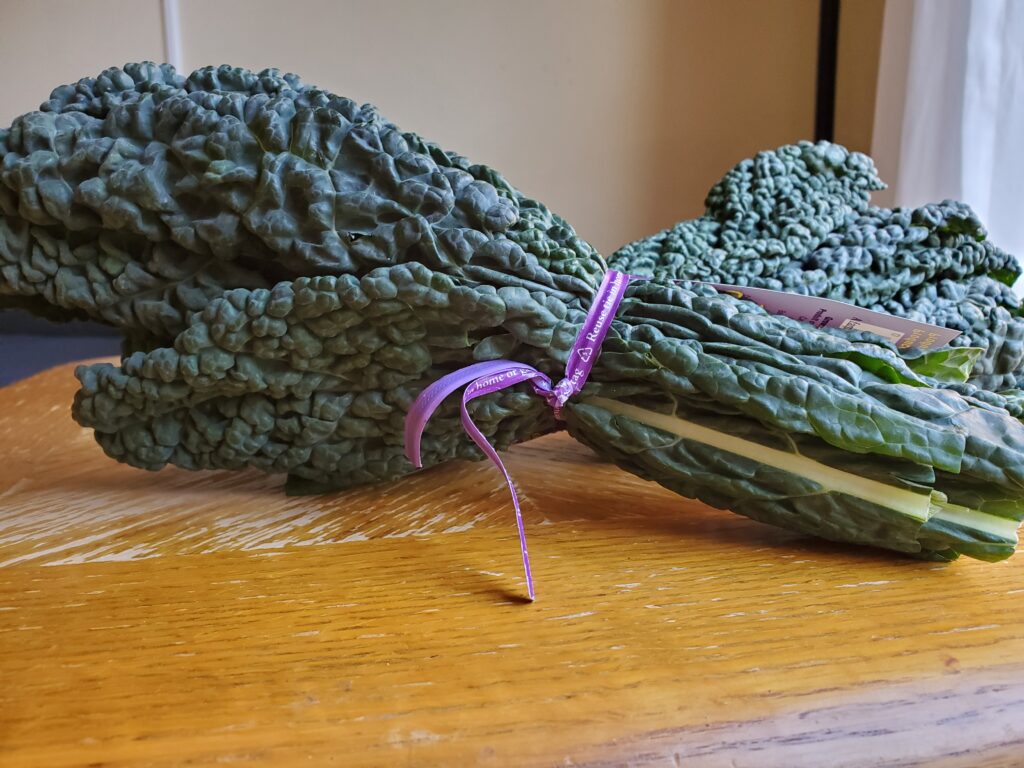Origin and Background

Kales came from the middle east and were grown by farmers in the mainland regions of Greece and Turkey around 2000 BC. In modern times, kale has been popularized in the United States, particularly in New England, other European countries, and Canada. Kale is also grown and consumed in many parts of Asia, particularly India. In Kenya, kale or collard greens, commonly known as sukumawiki, is a staple vegetable in every household.

Fun Fact: There are over 50 varieties of kale that exist.
Health Benefits of Kale

1: A nutritional powerhouse: kale is packed with essential vitamins and minerals, including vitamin C, copper, Vitamin B6, folate, and Manganese. It also contains antioxidants and anti-inflammatory compounds that have been found to reduce the risk of some cancers.
2: High in fiber: kale provides 5 Grams of fiber per cup, helping you feel full longer and aiding in digestion.
3: Low in calories: Kale is low in Calories, yet still provides essential vitamins and minerals. One cup of kale provides just 36 calories without fat and only 1 gram of carbohydrates.
4: Supports bone health: Kale is high in vitamin K, which is important for maintaining strong bones. Vitamin K helps to activate the protein necessary for proper Calcium absorption and utilization.
5: Improves heart health: Kale has been shown to lower cholesterol and protect from damage caused by oxidative stress. Studies have shown that consuming kale regularly can help reduce the risk of various cardiovascular diseases.